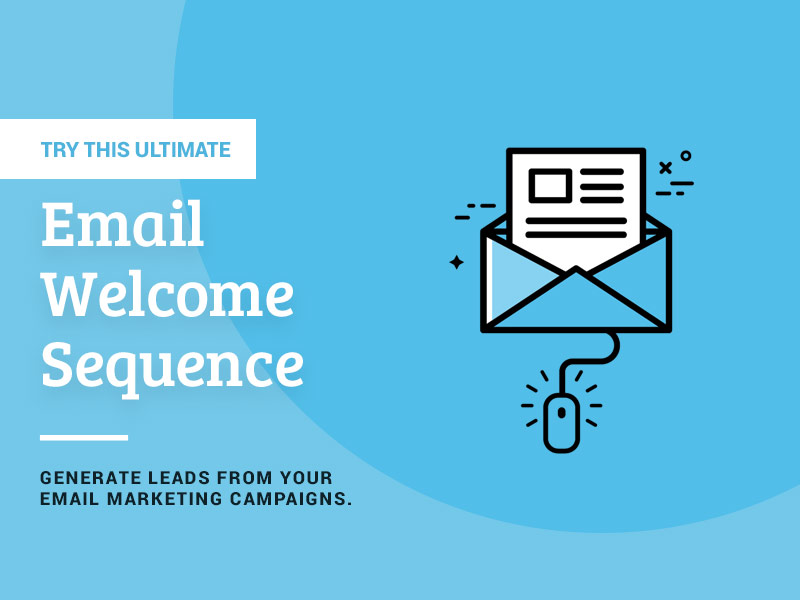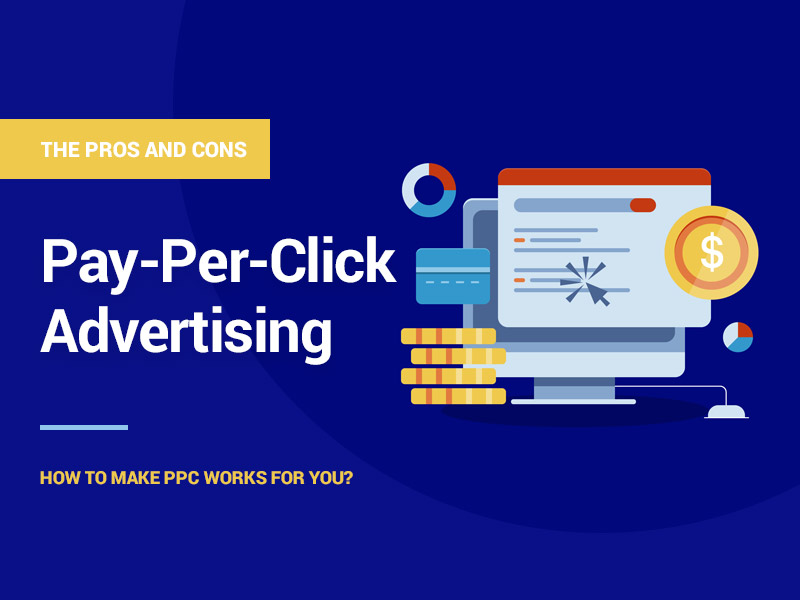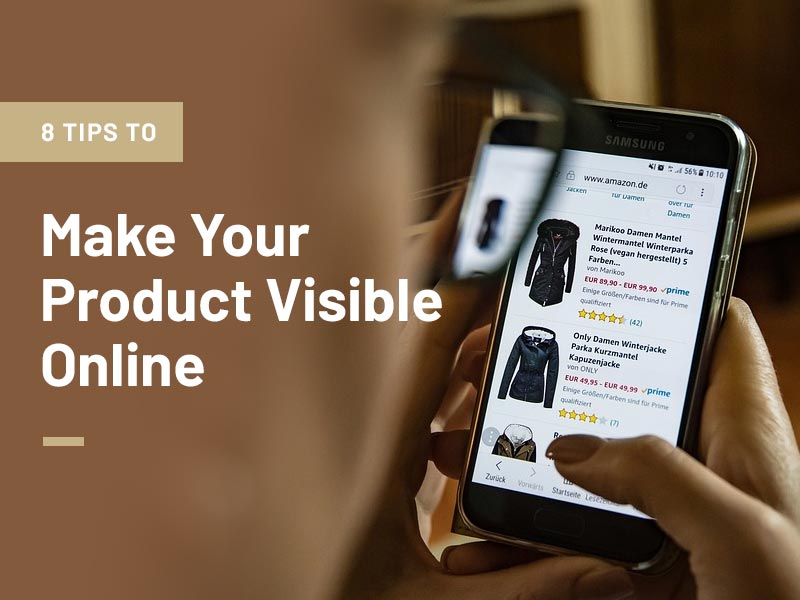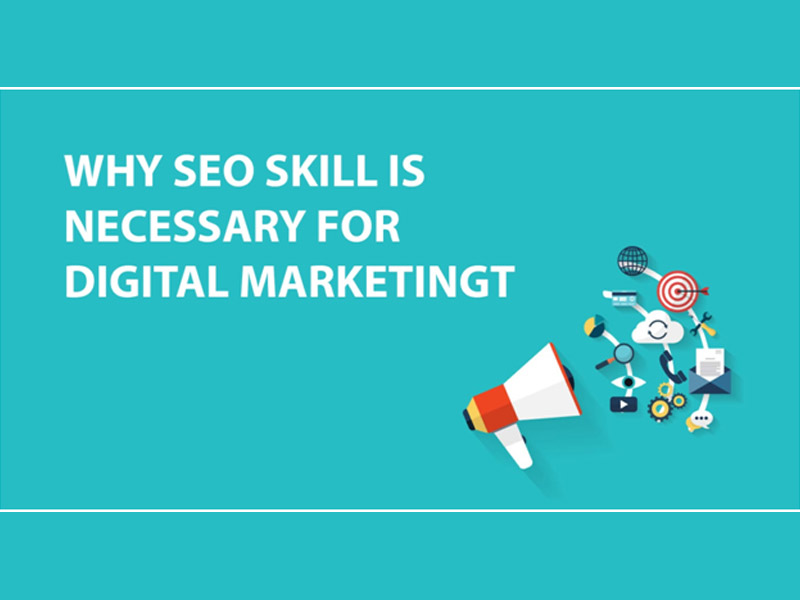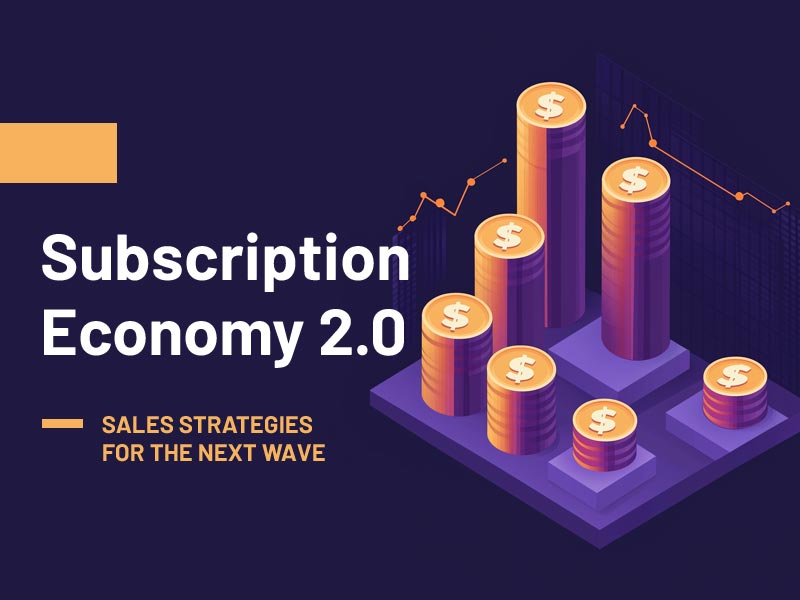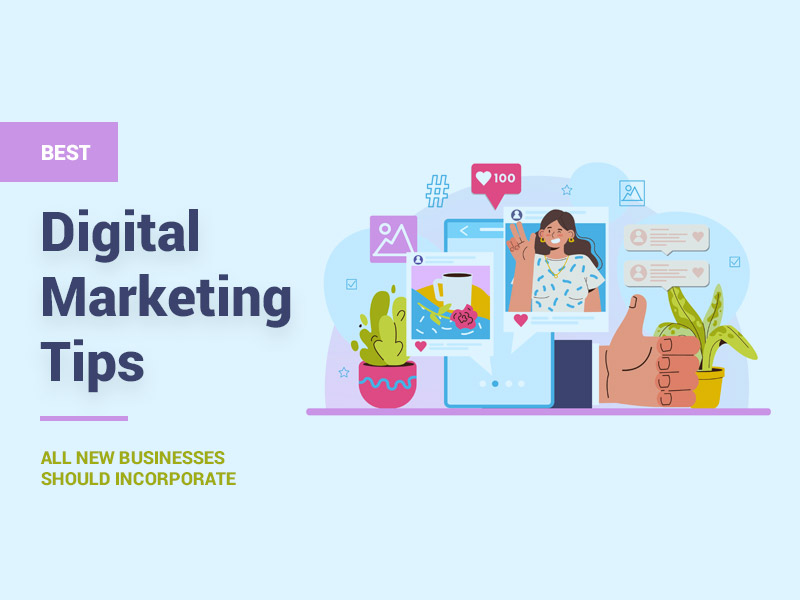Email has been the go-to marketing strategy for brands for over 40 years. It’s one of the best and most profitable ways to boost your business online.
And with a conversion rate that’s 40 times higher than social media marketing, it’s no surprise that email marketing is still popular with businesses today.
But here’s the deal.
Email marketing is only going to bring in new leads if the campaigns are engaging. Get it wrong, and email can potentially harm your business.
It might seem surprising, but it’s true.
Too many salesy, promo, or spammy emails, and you risk losing customers, gathering poor feedback, and diving into inbox hell.
So how can businesses make sure their email marketing campaigns captivate their readers’ attention straight from the off?
It’s not that tricky. The best way to avoid the spam box is by getting the customer/brand relationship off on the right foot. And the best way to do that is with a friendly and engaging welcome sequence.
Turn Subscribers into New Leads With this Welcome Sequence Structure
An email marketing campaign for new subscribers should always start with a welcome sequence. It’s the perfect way to share your brand message and begin the relationship-building process.
Welcome sequences typically consist of between 5-7 emails. Too few emails, and there’s less chance of forming a brand/customer relationship. Too many emails, and the reader will get fed up.
Start by dishing out the freebie or discount and go from there. And think about the end goal before writing. For example, decide whether the sequence is purely relationship building or nurturing the reader towards buying a product.
Have a purpose and a plan, and your welcome sequence will make more sense to those receiving it.
Email #1 – Aim: Deliver the freebie or discount while introducing your brand
The first email of a welcome sequence needs to be short and sweet. The subscriber has most likely offered up their email address in exchange for a discount code or free content. So that’s what they’ll be looking for as soon as they open the email.
Make sure the freebie is visible, and use the rest of the email to say a quick hello. Remember to say thanks for signing up too.
It’s also a great time to mention a couple of sentences about your brand. And don’t forget to ask them to add you to their contact lists, so you avoid the spam and promo tabs.
Email #2 – Aim: Provide Value
Always carry out some customer research before creating a welcome sequence. Research helps you create content that offers value to the subscriber.
Knowing your subscriber’s pain points, needs, and wants makes it easier to write engaging and captivating content.
The second email should focus on offering value to keep the subscriber hooked on your email list. The more free value you offer, the more likely the reader will be to trust you. And trust leads to sales.
Teach subscribers a solution to a pain point, or offer up a straightforward strategy.
Email #3 – Aim: Motivate, inspire and engage
We all want to open an email and be inspired or motivated by what’s written. It makes us feel valued by the writer, as though they understand our issues.
A great way to inspire is by telling a story linked to the reader’s problem. Think back to your customer research, focus on a need or want, and show the subscriber how to get there.
Perhaps you sell a product that makes life easier. Or maybe you offer a service that solves the subscriber’s difficulties.
Write about life before the product/service and life after. Show the subscriber through a story of how beneficial working or buying from you can be. But lay off from pushing the sales accelerator—it’s still too soon for full-on sales speed.
Email #4 – Aim: Surprise them
Pleasantly surprise your subscriber by throwing in some added value for free. It could be another discount code or a top tip.
Extra freebies and value help create a feeling of friendship and loyalty to the brand. And the subscriber may end up purchasing due to the law of reciprocity. It brings the old “you scratch my back, and I’ll scratch yours” analogy comes into play.
Email #5 – Aim: Nudge in the right direction
At this stage, it’s ok to start being a little more salesy in the emails. Here’s the time to write more about the product or service. A great way to do this without sounding too pushy is to include social proof. Let your customers do the selling for you.
Reviews and testimonials are a great way to shift potential buyers off the fence and into the online purchase basket.
Email #6 – Aim: Introduce urgency
If your goal was to nurture the subscriber into buying, now’s the time to add in some urgency.
Let them know how much time is left before the offer expires. Add in some statements about how many people have bought already, and you’ll automatically create some FOMO.
Email #7 – Aim: Engage and personalize
Personalized emails and segmented email lists perform better than emails sent to a general list. This final email is the perfect time to throw in a survey or feedback form.
Once you have the results, you can segment your list and make future emails even more personalized to the subscriber.
Engage Regularly With Your List And Watch Your Email Marketing Campaigns Grow
The welcome email sequence has run its course, and you’ve segmented your subscribers. So, what next?
Email marketing doesn’t stop there. Stay in touch with your subscribers regularly with newsletters and broadcast emails. Keep them engaged with new freebies every so often and continue offering value.
If the thought of writing weekly emails fills you with dread, enlist the help of a copywriting agency or take an online copywriting course to help boost your skills.
Email marketing generates better results than most marketing channels, so it’s definitely a worthwhile investment to grow and scale your business.
